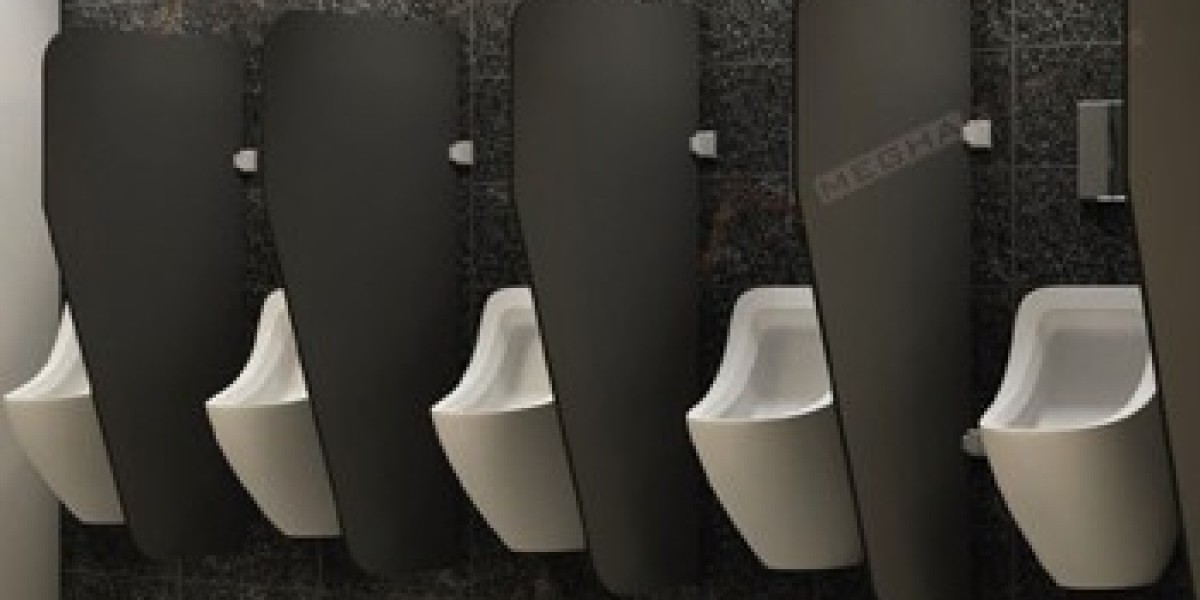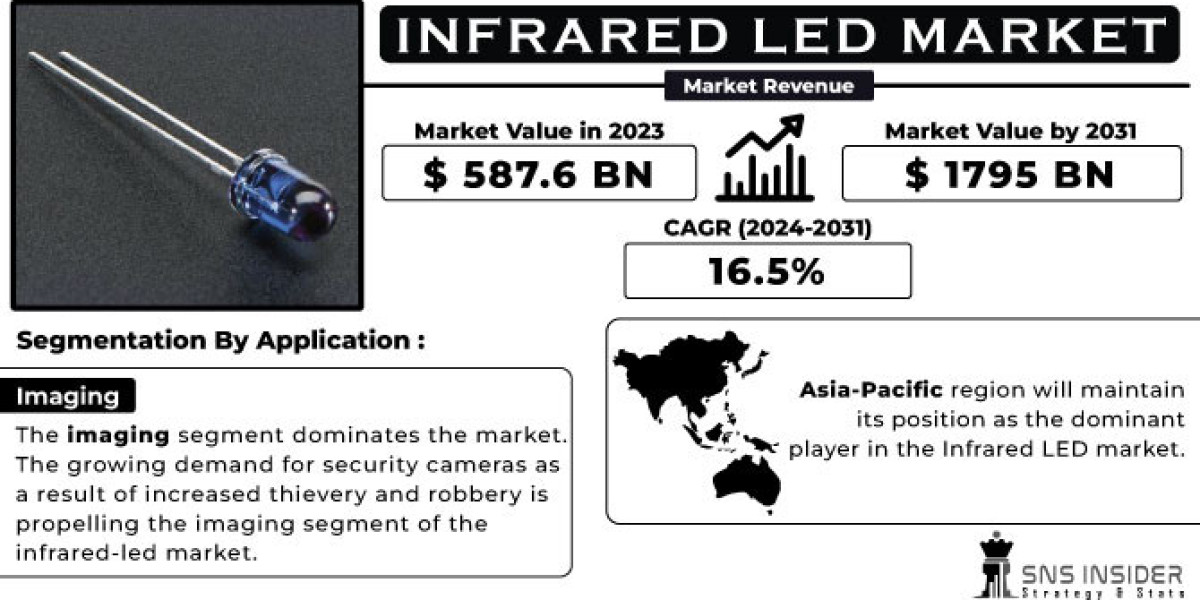The Importance of Quality
Quality is the bedrock of successful toilet cubicle manufacturers. It affects not only the longevity of the products but also user satisfaction and brand reputation.
Material Selection
When selecting materials, consider the following:
Laminate: Cost-effective and available in a wide range of designs, laminate is ideal for environments that prioritize aesthetic appeal without breaking the bank. However, it is essential to ensure that the laminate used is moisture-resistant and suitable for high-traffic areas.
Solid Grade Plastic: Known for its durability and water resistance, solid-grade plastic is perfect for high-use facilities like schools and shopping malls. Its non-porous nature prevents mould and bacteria growth, making it a hygienic choice.
Stainless Steel: For a modern and sleek look, stainless steel is unmatched. Its durability against vandalism and corrosion makes it ideal for high-end establishments like hotels and restaurants.
Customization Options
Customization is increasingly important. Offering personalized solutions can make your product more appealing. Consider:
- Various heights and widths to accommodate different user needs, including children and disabled individuals.
- Diverse colour schemes and finishes that can integrate seamlessly with a client's branding or the restroom’s overall design.
Innovative Design Trends
Keeping up with innovative design trends is crucial for manufacturers looking to capture a modern market.
Sustainability
Eco-friendliness is more than a trend; it’s becoming a necessity. Here’s how manufacturers can lead in sustainability:
Use Recycled Materials: Utilizing recycled plastics or composite materials not only appeals to eco-conscious consumers but can also reduce manufacturing costs.
Energy-Efficient Production: Implementing energy-saving practices during manufacturing can lower costs and attract customers looking for sustainable suppliers.
Smart Technology
Incorporating technology into restroom facilities enhances user experience and improves sanitation. Examples include:
Smart Toilets: With integrated sensors for flushing and water-saving features, these toilets contribute to better hygiene and sustainability.
Maintenance Alerts: Systems that alert maintenance staff when supplies are low or cleaning is required can streamline operations in busy facilities.
Accessibility
Creating inclusive environments is paramount. Manufacturers should focus on:
Universal Design: Ensuring that all cubicles comply with the Americans with Disabilities Act (ADA) and other local regulations to cater to all users.
Family-Friendly Options: Offering larger cubicles equipped with changing tables and additional space can cater to families and caregivers.
Functionality and User Experience
While aesthetics matter, functionality should never be compromised. Here’s how to enhance both:
Ventilation and Air Quality
A well-ventilated restroom improves the overall user experience. Consider:
Natural Ventilation Systems: Designs that incorporate natural airflow can enhance comfort and reduce odors.
Air Purification Systems: Options such as HEPA filters can be integrated into cubicle designs to improve air quality.
Noise Reduction Features
Creating a quiet environment is essential for user comfort. Consider:
Acoustic Panels: Installing sound-absorbing materials can help dampen noise in busy facilities.
Strategic Layout Planning: Positioning cubicles thoughtfully can prevent noise overlap and improve privacy.
Maintenance and Cleanability
Ease of maintenance is critical for client satisfaction. Features to enhance cleanability include:
Hygienic Surfaces: Utilizing non-porous materials that resist stains and bacteria is essential for easy cleaning.
Modular Designs: Designs that allow for easy replacement of parts can reduce long-term maintenance costs and downtime.
The Future of Toilet Cubicles
As the industry evolves, manufacturers must adapt to future trends:
Post-Pandemic Hygiene Focus
The COVID-19 pandemic has reshaped hygiene priorities. Manufacturers can respond by:
Developing Antimicrobial Coatings: Offering products with built-in antimicrobial properties can reassure clients about hygiene.
Promoting Touchless Technology: With increased demand for touchless systems, manufacturers should prioritize designing cubicles equipped with such features.
Adaptive Designs for Diverse Spaces
With the rise of flexible workspaces, toilet cubicle designs must adapt:
Modular and Portable Options: Offering modular designs that can be easily adapted for different spaces will cater to various client needs, from permanent installations to temporary setups.
Space-Efficient Designs: Focus on designs that maximize usability in smaller areas, such as compact cubicles that don’t sacrifice comfort or privacy.
Effective Marketing Strategies
To stand out in a competitive market, manufacturers should implement strategic marketing efforts:
Building a Strong Online Presence
Website Optimization: Ensure your website is user-friendly, visually appealing, and informative. High-quality images and detailed descriptions of your products can attract potential customers.
Search Engine Optimization (SEO): Utilize SEO strategies to improve your website's visibility in search engines, making it easier for customers to find your products.
Utilizing Social Media
Engagement: Share high-quality images and videos of your products in use. Engage with your audience by responding to comments and showcasing customer testimonials.
Educational Content: Create informative content that highlights the importance of quality toilet cubicles, sustainability, and design trends to position yourself as an industry expert.
Networking and Partnerships
Trade Shows and Exhibitions: Participate in industry trade shows to showcase your products, connect with potential clients, and gather market insights.
Collaborations: Partner with architects and designers to reach new customer segments and gain access to larger projects.
Conclusion
Toilet cubicle manufacturers are essential in creating clean, functional, and aesthetically pleasing restroom environments. By focusing on quality materials, innovative designs, and user experience, Toilet Cubicle Manufacturers In Noida can meet the diverse needs of their clients. As the market continues to evolve, embracing sustainability, technology, and effective marketing strategies will ensure long-term success in this essential industry.







